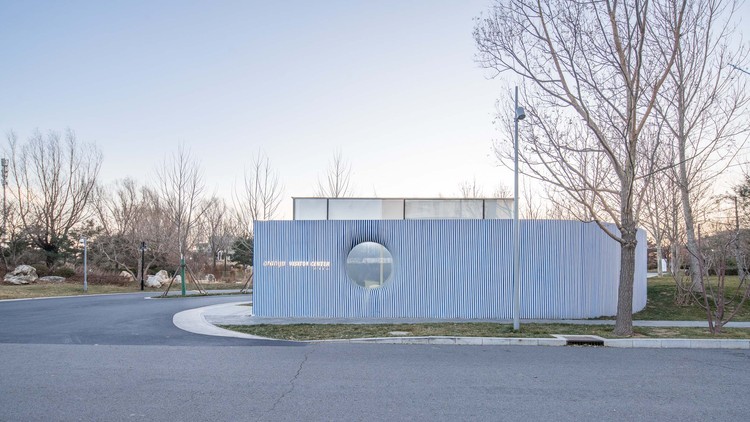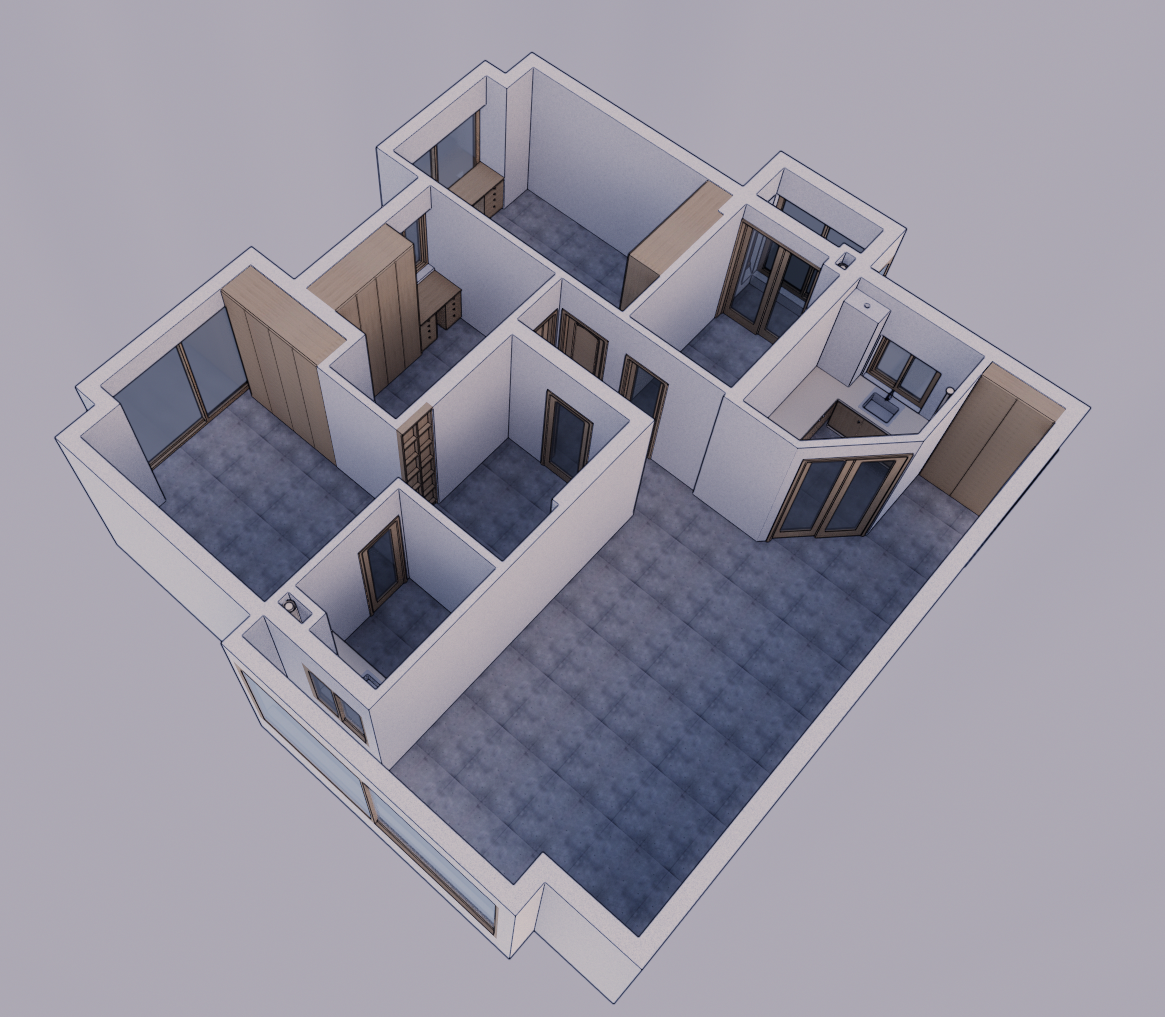Little Big House Robert Maschke Architects
2017-01-06 18:00
© Brad Feinknopf
布拉德·费因克诺普夫


架构师提供的文本描述。这座小房子坐落在俄亥俄州历史悠久的小意大利社区克利夫兰,以其丰富的文化和手工背景而闻名。这对夫妻的客户都是工业设计师,他们委托这个项目为他们的工作创建一个工作室,并建立一个家庭来抚养一个成长中的家庭。该住宅位于一条密集的城市街道上,远离田园诗般的邻里中心。该遗址狭窄,北有三座“枪炮”住宅,东面有一堵挡土墙,南面有一栋多层共管公寓。一座曾经开放的钢制仓库,现在被用作有盖的地面停车结构,位于西面,挡住了现场的视野。这些结构的实施有助于指导设计方法。
Text description provided by the architects. The little_BIG house is located in Cleveland, Ohio’s historic Little Italy neighborhood, known for its rich culture and artisanal background. The husband and wife client, both industrial designers, commissioned the project to create a studio for their work and a home to raise a growing family. The residence is located on a dense and constrained urban street away from the idyllic neighborhood center. The site is narrow and bound by three “shot gun” homes to the North, a retaining wall to the East, and a multi story condominium to the South. A former open framed steel warehouse, now used as a covered surface parking structure, is to the west, obstructing views from the site. The imposition of these structures help to inform the design approach.
© Brad Feinknopf
布拉德·费因克诺普夫




© Brad Feinknopf
布拉德·费因克诺普夫


该体系结构是由嵌入在站点和程序中的内在矛盾的协调而产生的。客户希望有一个城市的存在,同时也创造私人的外部空间,与世隔绝的周围环境。这对夫妇要求在未来能够灵活地将房产“分割”成独立住宅。作为对这些限制的回应,房子的聚集被解析成两个不同的卷,被推到场地的极端边界,由一座有盖的桥连接起来。该组织从各卷之间的剩余空间中创建一个公共庭院。一个具有里程碑意义的楼梯连接着各种编程元素。楼梯间相互重叠和分离,在各个层次之间形成了视觉联系。楼梯的运动在外围护的金属表面上是明显的,这是一种折叠的逻辑,把各个部分组合成一个有凝聚力的整体-材料调色板是简单而优雅的。外立面是黑色灰泥混凝土配合一个颜色匹配的金属折叠墙和屋顶。图案格子板提供从街道和邻近的财产通过他们作为入口门和周边围栏的隐私。内部由白色墙的硬钢筋混凝土地板,地板到天花板的书籍匹配和排列的法定大理石板在浴室,和丰富的彩色竹子,用于建筑千年和楼梯。此外,具有里程碑意义的楼梯间被白色穿孔钢板遮住。这种纹理策略是通过蚀刻在选定的玻璃单元上实现的。这种射孔模式是通过一系列的光穿过竹林形成的。由磨坊和楼梯的重要性引起的换位。
The architecture emerges from the reconciliation of inherent contradictions embedded within the site and program. The client desired an urban presence, while also creating private exterior space secluded from the surrounding context. The couple asked for flexibility to "split" the property into independent homes in the future. In response to these constraints, the massing of the house became parsed into two distinct volumes, pushed to the extreme boundaries of the site, connected by a covered bridge. This organization creates a communal courtyard from the residual space between the volumes. A monumental stair connects the various programmatic elements. The stairwell folds upon itself overlapping and separating, creating a visual connection between levels. The movement of the stair is evident on the metal surface of the exterior envelope, a folded logic that unites the parts into a cohesive wholeThe material palette is simple and elegant. The exterior facade is black stucco concrete in concert with a color matched metal folding wall and roof. Patterned corten panels provide privacy from the street and the adjacent properties through their use as entry gate and perimeter fencing. The interior is composed of hard troweled concrete floors with white walls, floor to ceiling book matched and sequenced statutory marble slabs in the bathrooms, and richly colored bamboo for the architectural millwork and stairs. Additionally, the monumental stairwell is veiled in white perforated steel panels. This textured strategy is implemented on select glazing units through etching. The perforation pattern was developed through a series of photo manipulations of light passing through a bamboo forest. A transposition inspired by the materiality of the millwork and stair.
© Brad Feinknopf
布拉德·费因克诺普夫


© Brad Feinknopf
布拉德·费因克诺普夫


产品说明。混凝土灰泥允许雕刻的形式和补充金属板包裹并限定建筑物内和周围的空间。
Product Description. The concrete stucco allows the form to be sculpted and the complementary metal panels wrap and defines the space within and around the building.
© Brad Feinknopf
布拉德·费因克诺普夫






































































Architects Robert Maschke Architects
Location Cleveland, United States
Category Houses
Architect in Charge Robert Maschke, FAIA
Area 5475.0 ft2
Project Year 2016
Photographs Brad Feinknopf
Manufacturers Loading...































